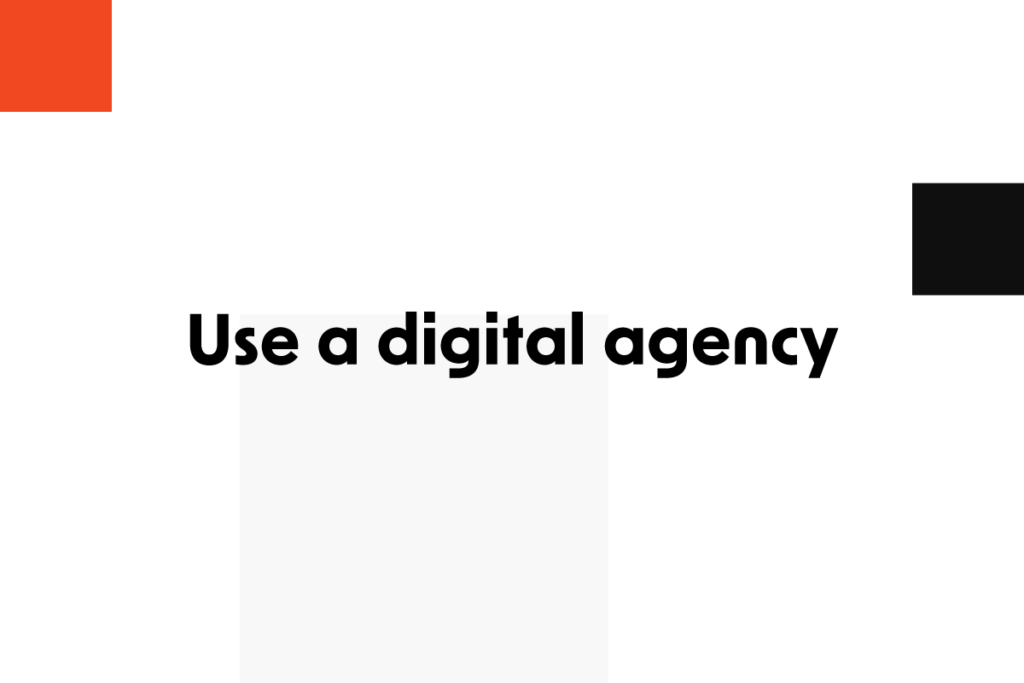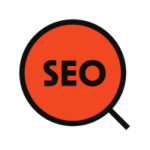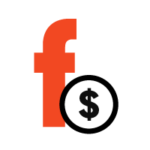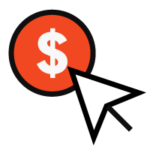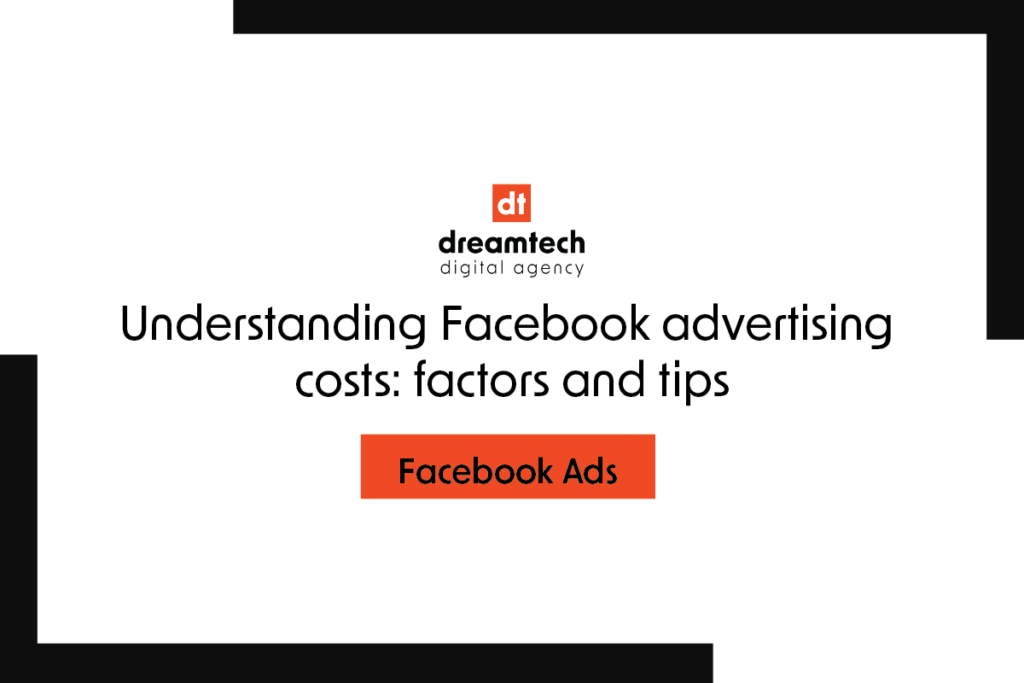Facebook is one of the most popular social media platforms, with over 2.8 billion monthly active users. As such, it’s an ideal platform for businesses to reach and engage with their target audience. One of the most effective ways to do this is through Facebook advertising. However, one of the most common questions businesses have about Facebook ads is, how much do they cost?
In this comprehensive guide, we’ll explore the factors that affect Facebook advertising costs, the different pricing models available, and best practices for optimizing ad spend.
What are Facebook Ads?
Facebook Ads is an advertising platform that allows businesses to create and display ads on Facebook, Instagram, Messenger, and other Facebook-owned properties. The platform offers a wide range of advertising formats, including image ads, video ads, carousel ads, and more. Facebook Ads enable businesses to target specific audiences based on demographics, interests, behaviors, and more.

What are Facebook Advertising Costs?
Facebook Advertising Costs refer to the expenses associated with running ad campaigns on the Facebook platform. The cost of running an ad on Facebook can vary depending on several factors, including the type of ad, bidding strategy, audience targeting, ad placement, and ad creative.
Businesses need to set a budget for their campaign to run a Facebook ad. The budget can be set as a daily or lifetime budget, and it determines the amount of money that the business is willing to spend on the ad. The amount of the budget can vary widely depending on the size of the business, its overall marketing goals, and the level of competition in the industry.
In conclusion, Facebook Advertising Costs are a crucial consideration for businesses looking to run effective ad campaigns on the platform. By understanding the factors that affect the cost of running a Facebook ad and utilizing the different pricing models available, businesses can develop effective advertising strategies and optimize their ad spend for the best possible results.

Why Facebook Advertising Costs are so Important
Facebook advertising costs are essential because they determine the return on investment (ROI) businesses can expect from their ad campaigns. If brands spend too much on ads and don’t see a significant ROI, it can impact their bottom line. On the other hand, if businesses don’t invest enough in their ads, they may not reach their target audience, resulting in poor campaign performance.
The Factors that Affect Facebook Advertising Costs
Several factors can affect Facebook advertising costs. These include:
Bidding
Bidding is the process by which businesses compete for ad placement in Facebook’s ad auction. When a brand creates an ad, it must set a bid amount for the ad to appear to its target audience. The bid amount is the maximum amount the business is willing to pay for a user to click, view, or engage with their ad. Bidding is a crucial factor in determining the cost of Facebook advertising. In general, businesses that bid higher than their competitors will have a better chance of getting their ads shown to their target audience.
Ad relevance
Ad relevance is a measure of how well an ad resonates with its target audience. Facebook’s ad relevance score is a rating between 1 and 10 based on how users interact with an ad, including likes, comments, and clicks. A high ad relevance score indicates that the ad is resonating with its target audience and is likely to perform well, while a low score indicates that the ad is not resonating with its audience and may result in higher advertising costs.
Audience targeting
Audience targeting is the process of selecting specific demographics, interests, and behaviors that are most likely to engage with a business’s ad. Facebook offers different audience targeting options, including age, gender, location, interests, etc. Audience targeting is critical for ensuring that an ad is shown to the right people, which can help improve its relevance score and reduce advertising costs.
Ad placement
Ad placement refers to where an ad is displayed on Facebook, including in the newsfeed, in the right-hand column, or Facebook’s Marketplace. Different ad placements can have various costs, depending on how visible the ad is and how many other businesses are competing for the same placement. Ads placed in more visible locations tend to have higher costs.
Ad creative
Ad creative refers to the content of an ad, including the text, images, and videos. The quality and relevance of ad creative can have a significant impact on how users engage with an ad and whether it resonates with the target audience. Poor-quality ad creative can result in low ad relevance and engagement, leading to higher costs.

The different pricing models available
Facebook offers three pricing models: cost per click (CPC), cost per impression (CPM), and cost per action (CPA).
Cost per click (CPC)
CPC is a pricing model where advertisers pay for each click their ad receives. This model is ideal for businesses looking to drive traffic to their website or landing page. The cost per click varies depending on the competition for the ad space and the relevance of the ad to the target audience.
With CPC, businesses can set a bid amount for each click, and Facebook will use an auction system to determine which ads to show to the target audience. If a business’s ad is clicked on, it will pay the bid amount, which can range from a few cents to several dollars per click.
Cost per impression (CPM)
CPM is a pricing model where advertisers pay for every thousand impressions (views) of their ad. This model is ideal for businesses looking to increase brand awareness and visibility. The cost per impression varies depending on the competition for the ad space and the relevance of the ad to the target audience.
With CPM, businesses can set a bid amount for every thousand impressions, and Facebook will use an auction system to determine which ads to show to the target audience. If a business’s ad receives a thousand impressions, it will pay the bid amount, which can range from a few cents to several dollars per thousand impressions.
Cost per action (CPA)
CPA is a pricing model where advertisers pay for a specific action taken by the target audience, such as filling out a form, making a purchase, or downloading an app. This model is ideal for businesses looking to drive conversions and sales. The cost per action varies depending on the competition for the ad space and the relevance of the ad to the target audience.
With CPA, businesses can set a bid amount for each action, and Facebook will use an auction system to determine which ads to show to the target audience. If a business’s ad results in the desired action, it will pay the bid amount, which can range from a few dollars to several hundred dollars per action.

How to set up an advertising budget and allocate it to different campaigns
Businesses should determine their overall marketing budget and the specific goals they want to achieve with their Facebook ad campaigns to set up an advertising budget. Once they have a budget, they can allocate it to different campaigns based on their priorities and expected results.
It’s important to note that Facebook Ads offers a range of budgeting options, including daily and lifetime budgets. Businesses can also set a bid cap to avoid overspending on their ads.
Best practices for optimizing ad spend
Businesses should continuously monitor their ad performance and adjust their ad settings to optimize their ad spend. Here are some best practices for optimizing ad spend:
Monitoring ad performance
Monitoring ad performance is essential to understanding how your ads are performing and whether they’re meeting your goals. Facebook Ads provides a range of performance metrics, including clicks, impressions, click-through rate (CTR), cost per click (CPC), cost per impression (CPM), and cost per action (CPA). By tracking these metrics, businesses can identify which ads are performing well and which need improvement.
Adjusting ad settings
Based on the performance metrics, businesses can adjust their ad settings to improve their ad performance. For example, brands can adjust their bidding strategy to maximize their budget, improve their ad relevance by refining their audience targeting, optimize their ad placement, or experiment with different ad creatives to see which ones resonate best with their audience.
Testing different ad elements
Testing ad elements is crucial to identifying what works best for your business. Businesses can experiment with different ad formats, such as images, videos, and carousel ads, to see which performs best. They can also test different messaging and calls to action to identify which drives the most engagement.
Targeting the right audience
Effective audience targeting is essential to reaching the right people with your ads. Facebook Ads offers a range of targeting options, including demographic, interest-based, and behavior-based targeting. By refining your audience targeting, you can ensure that your ads are seen by the people who are most likely to engage with them.
Businesses should experiment with different targeting options and refine their audience based on performance metrics to optimize audience targeting. They can also use Facebook’s Lookalike Audiences feature to target people similar to their existing customers.

Common mistakes to avoid when advertising on Facebook
There are several common mistakes that businesses should avoid when advertising on Facebook. These include:
Targeting a broad audience:
One of the most common mistakes businesses makes when advertising on Facebook is targeting a broad audience. While it may seem like a good idea to reach as many people as possible, this can result in high costs and poor ad performance. When targeting a broad audience, businesses risk showing their ads to people who are not interested in their products or services. As a result, their ads may receive fewer clicks and engagements, leading to higher costs and a lower ROI.
To avoid this mistake, brands should focus on specific demographics, interests, and behaviors that align with their target audience. By narrowing their audience targeting, they can ensure that their ads are shown to people who are most likely to engage with their brand and make a purchase. Facebook offers a range of audience targeting options, including age, gender, location, interests, and behaviors, making it easy for businesses to reach their ideal audience.
Using low-quality ad creative:
Another common mistake businesses make when advertising on Facebook is using low-quality ad creative. Poor-quality ad creative can result in low ad relevance and engagement, leading to higher costs and a lower ROI. When designing ad creative, businesses should focus on creating visually appealing and engaging content that resonates with their target audience.
Businesses should use high-resolution images and videos, compelling messaging, and clear calls to action to create high-quality ad creative. They should also test different ad elements to identify what works best with their audience. Facebook offers a range of ad formats, including single images, videos, carousels, and slideshows, giving businesses the flexibility to choose the format that best suits their needs.
Not optimizing ad delivery:
Facebook Ads offers several ad delivery options, including standard and accelerated. Businesses that don’t optimize their ad delivery risk overspending on their ads and achieving poor ad performance. Standard delivery shows ads throughout the day, while accelerated delivery shows ads as quickly as possible.
Businesses should test different delivery options to identify the most effective method to optimize ad delivery. They should also consider the time and day of the week when their target audience is most active on Facebook. By optimizing their ad delivery, businesses can ensure that their ads are shown to the right people at the right time, leading to better engagement and lower costs.
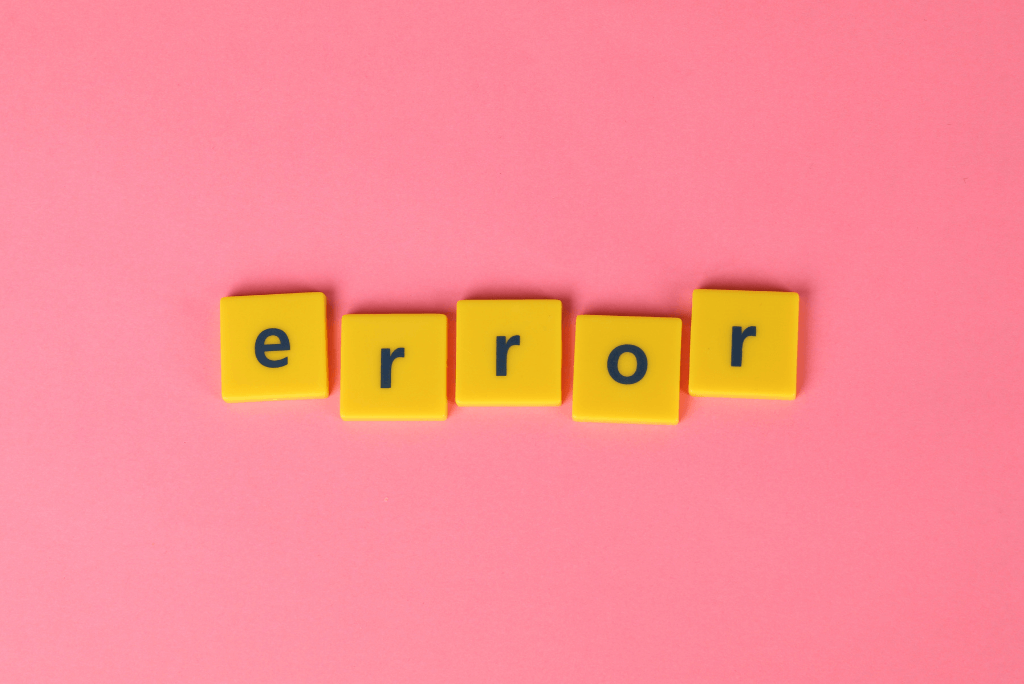
Why use Dreamtech to control your Facebook advertising costs
Managing Facebook advertising costs can be a daunting task for businesses. That’s why Dreamtech Digital Agency offers expert guidance and support to help brands optimize their Facebook ad campaigns and maximize their ROI. Our team of experienced professionals can help businesses develop effective advertising strategies, refine audience targeting, and continuously monitor and adjust their ad campaigns for optimal performance.
In conclusion, managing Facebook advertising costs is crucial for businesses to achieve their marketing goals and maximize their ROI. By following the best practices we’ve outlined in this article and working with a trusted partner like Dreamtech Digital Agency, businesses can optimize their Facebook ad campaigns and achieve the results they’re looking for. Book a call with one of our Facebook ads specialists today. You can also subscribe to our Instagram, LinkedIn, and Facebook channels to stay up-to-date with the latest insights and strategies on digital marketing trends and tips.
